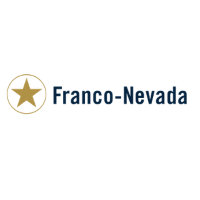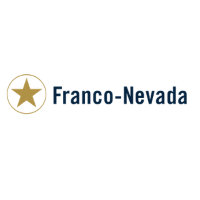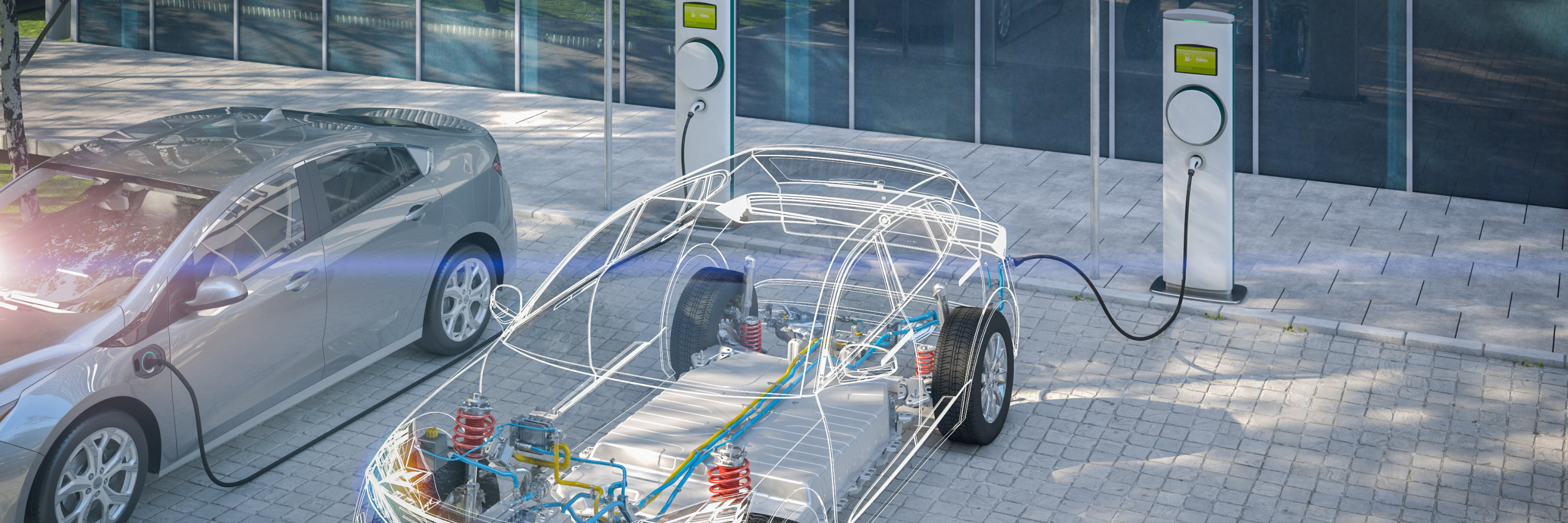
Franco-Nevada Corp
TSX:FNV


| US |

|
Johnson & Johnson
NYSE:JNJ
|
Pharmaceuticals
|
| US |

|
Berkshire Hathaway Inc
NYSE:BRK.A
|
Financial Services
|
| US |

|
Bank of America Corp
NYSE:BAC
|
Banking
|
| US |

|
Mastercard Inc
NYSE:MA
|
Technology
|
| US |

|
UnitedHealth Group Inc
NYSE:UNH
|
Health Care
|
| US |

|
Exxon Mobil Corp
NYSE:XOM
|
Energy
|
| US |

|
Pfizer Inc
NYSE:PFE
|
Pharmaceuticals
|
| US |

|
Palantir Technologies Inc
NYSE:PLTR
|
Technology
|
| US |

|
Nike Inc
NYSE:NKE
|
Textiles, Apparel & Luxury Goods
|
| US |

|
Visa Inc
NYSE:V
|
Technology
|
| CN |

|
Alibaba Group Holding Ltd
NYSE:BABA
|
Retail
|
| US |

|
JPMorgan Chase & Co
NYSE:JPM
|
Banking
|
| US |

|
Coca-Cola Co
NYSE:KO
|
Beverages
|
| US |

|
Walmart Inc
NYSE:WMT
|
Retail
|
| US |

|
Verizon Communications Inc
NYSE:VZ
|
Telecommunication
|
| US |

|
Chevron Corp
NYSE:CVX
|
Energy
|
Utilize notes to systematically review your investment decisions. By reflecting on past outcomes, you can discern effective strategies and identify those that underperformed. This continuous feedback loop enables you to adapt and refine your approach, optimizing for future success.
Each note serves as a learning point, offering insights into your decision-making processes. Over time, you'll accumulate a personalized database of knowledge, enhancing your ability to make informed decisions quickly and effectively.
With a comprehensive record of your investment history at your fingertips, you can compare current opportunities against past experiences. This not only bolsters your confidence but also ensures that each decision is grounded in a well-documented rationale.
Do you really want to delete this note?
This action cannot be undone.

| 52 Week Range |
165.66
309.96
|
| Price Target |
|
We'll email you a reminder when the closing price reaches CAD.
Choose the stock you wish to monitor with a price alert.

|
Johnson & Johnson
NYSE:JNJ
|
US |

|
Berkshire Hathaway Inc
NYSE:BRK.A
|
US |

|
Bank of America Corp
NYSE:BAC
|
US |

|
Mastercard Inc
NYSE:MA
|
US |

|
UnitedHealth Group Inc
NYSE:UNH
|
US |

|
Exxon Mobil Corp
NYSE:XOM
|
US |

|
Pfizer Inc
NYSE:PFE
|
US |

|
Palantir Technologies Inc
NYSE:PLTR
|
US |

|
Nike Inc
NYSE:NKE
|
US |

|
Visa Inc
NYSE:V
|
US |

|
Alibaba Group Holding Ltd
NYSE:BABA
|
CN |

|
JPMorgan Chase & Co
NYSE:JPM
|
US |

|
Coca-Cola Co
NYSE:KO
|
US |

|
Walmart Inc
NYSE:WMT
|
US |

|
Verizon Communications Inc
NYSE:VZ
|
US |

|
Chevron Corp
NYSE:CVX
|
US |
This alert will be permanently deleted.
Franco-Nevada Corp
Franco-Nevada Corporation, a name synonymous with ingenuity in the world of precious metals, stands as a beacon of innovation within the commodities industry. The company pioneered the stream and royalty business model, a strategic approach that allows it to act as a financier for mining operations without the burden of direct operational risks. By acquiring rights to a percentage of future production from mines in exchange for upfront financing or periodic payments, Franco-Nevada secures a stream of revenue linked to the production achievements of its partners. This strategic pivot from traditional mining operations not only insulates Franco-Nevada from the capital-intensive demands and operational risks associated with mining but also enables it to focus on maximizing its portfolio's value across various commodities.
What sets Franco-Nevada apart is its broad and diversified portfolio, amassing interests that extend beyond gold into silver, platinum, oil, and even natural gas. This diversification shields the company against market volatility, allowing it to weather fluctuations in commodity prices. By adopting this asset-light model, Franco-Nevada can boast of robust cash flow with high margins. As royalty and streaming agreements tend to have long durations, the company ensures a predictable revenue stream, fostering resilience and financial health. Furthermore, constantly exploring new opportunities, Franco-Nevada remains vigilant, sustaining its growth trajectory by strategically investing in resource-rich projects poised to deliver future value. Such strategic foresight continues to fortify its standing as a key player in the global commodities landscape, highlighting its unique ability to generate wealth while minimizing risks.

Franco-Nevada Corporation, a name synonymous with ingenuity in the world of precious metals, stands as a beacon of innovation within the commodities industry. The company pioneered the stream and royalty business model, a strategic approach that allows it to act as a financier for mining operations without the burden of direct operational risks. By acquiring rights to a percentage of future production from mines in exchange for upfront financing or periodic payments, Franco-Nevada secures a stream of revenue linked to the production achievements of its partners. This strategic pivot from traditional mining operations not only insulates Franco-Nevada from the capital-intensive demands and operational risks associated with mining but also enables it to focus on maximizing its portfolio's value across various commodities.
What sets Franco-Nevada apart is its broad and diversified portfolio, amassing interests that extend beyond gold into silver, platinum, oil, and even natural gas. This diversification shields the company against market volatility, allowing it to weather fluctuations in commodity prices. By adopting this asset-light model, Franco-Nevada can boast of robust cash flow with high margins. As royalty and streaming agreements tend to have long durations, the company ensures a predictable revenue stream, fostering resilience and financial health. Furthermore, constantly exploring new opportunities, Franco-Nevada remains vigilant, sustaining its growth trajectory by strategically investing in resource-rich projects poised to deliver future value. Such strategic foresight continues to fortify its standing as a key player in the global commodities landscape, highlighting its unique ability to generate wealth while minimizing risks.
Record Results: Franco-Nevada reported record quarterly revenue and adjusted EBITDA for the third time this year, driven by higher gold prices, new acquisitions, and the sale of Cobre Panama stockpiles.
Gold Price Impact: The average gold price rose 40% year-over-year, significantly boosting the company’s top and bottom line; silver prices also jumped 34%.
Strong Portfolio Growth: Total GEOs sold increased 26% to 138,772, with 41% growth in precious metal GEOs sold. Recent acquisitions like Porcupine and Côté contributed meaningfully.
Guidance Raised: The company expects total GEOs sold to be 495,000 to 525,000, narrowing and raising the range to the top end; precious metals GEOs are now guided to 420,000 to 440,000, above prior guidance.
Balance Sheet: Franco-Nevada is debt-free again at quarter-end, holds $236.7 million in cash, and has over $1.8 billion in available capital.
Deal Pipeline: The pipeline remains active, especially for gold deals, but management is also open to select diversified commodities when value is attractive.
Dividend Commitment: Management confirmed the dividend will rise next year; share buybacks are not planned, with capital focused on new asset acquisitions.



































